Spring 2021 Courses
100 Level Courses
HI 116H Sea Changes: A History of the World's Oceans
Tillman Nechtman | 4 credits
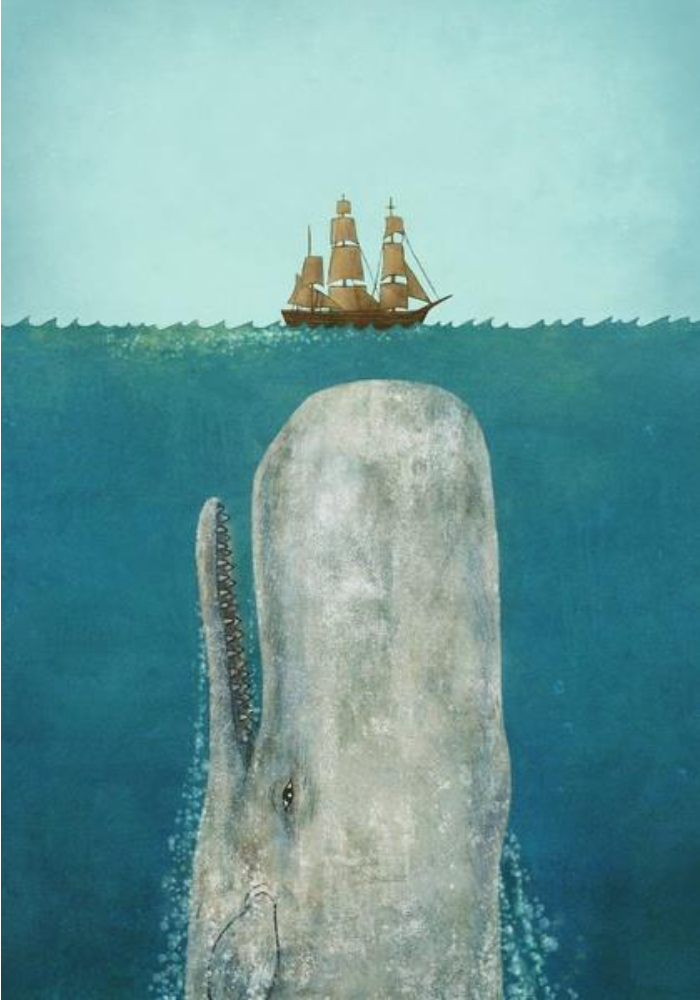
A survey course in global history that takes the world's oceans as its subject. Students will explore themes ranging from naval history to legal history, from environmental history to zoological history, and from the history of exploration and adventure to the history of imperialism and conquest. Students will work with primary and secondary sources and develop their analytical and writing skills as they ask questions about the field of history itself. What assumptions have historians made when they focus on nations and continents? What institutions and categories have they privileged with their focus? What have we missed because we look only as the history of land? How and why does history's narrative shift when we undertake a "sea change" in our perspectives?
Note(s): Fulfills Social Sciences requirement. Fulfills Humanistic Inquiry and Global Cultural Perspective.
HI 144 East Asian Civilization: Traditions and Transformations
Jenny Day | 3 credits
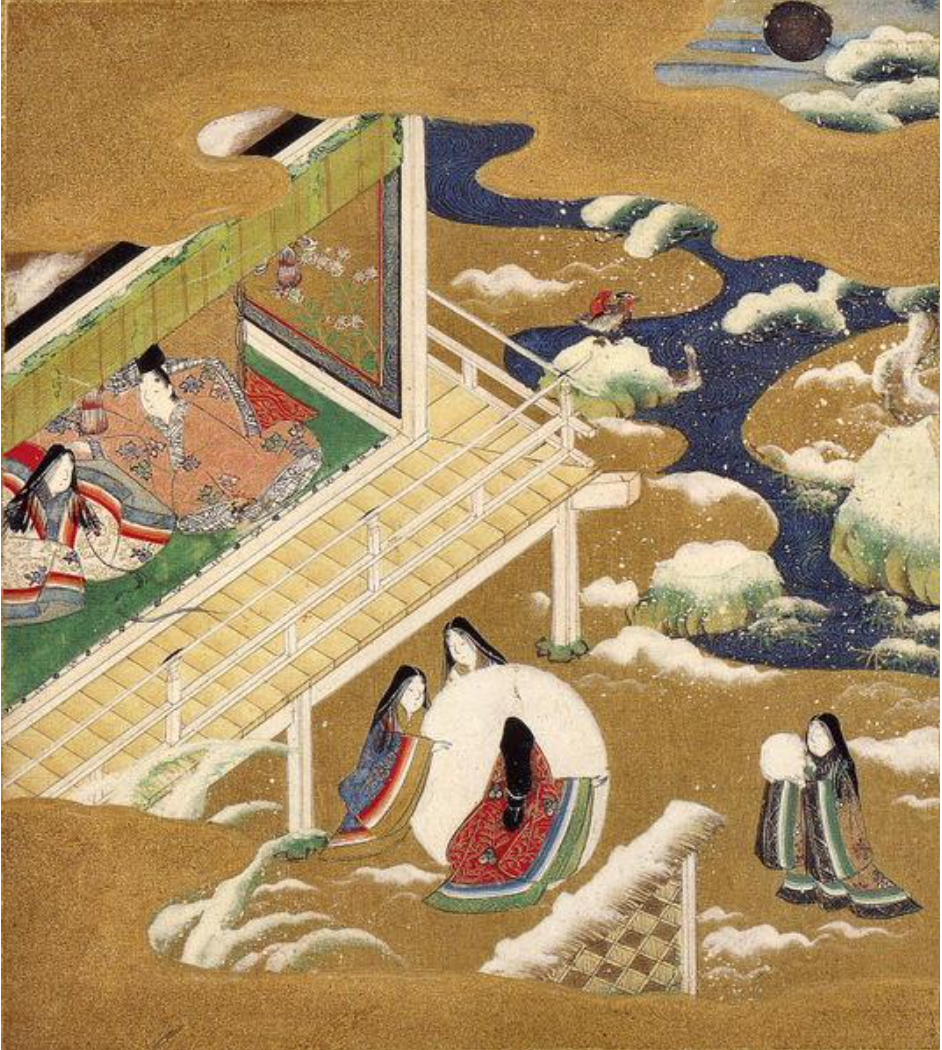
An introductory survey of East Asia (China, Japan, and Korea) from its earliest history to the end of the Mongol empire in the 1300s. Students will explore the formation of Confucianism as an ideology, the changes in social and political institutions across East Asia, ideas and practices concerning gender and the family, religion, and beliefs of elites and ordinary people, and intercultural exchanges and conflicts within East Asia.
Note(s): Fulfills Social Sciences and Non-Western Culture requirements. Fulfills Humanistic Inquiry and Global Cultural Perspective.
HI 145 Making of the Modern Middle East
Annie Green | 3 credits
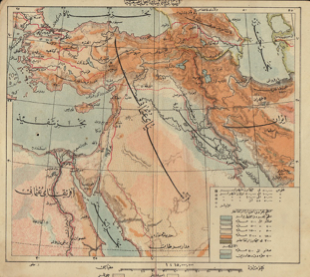
An exploratioin of the political, economic, social, and cultural history of the modern Middle East in a global and comparative historical context. Students will examine the reorganization of state-society relations, the creation of modern government institutions, the constructon of new social and political conceptualizations, and the state's growing involvement in the politics of populatioin management in the Ottoman Empire and Qajar Iran. Students will also explore the processes and practices that were central to the production of the Middle East as both a physical place as well as a discursive concept.
Note(s): Fulfills Non-Western Culture and Social Sciences requirements. Fulfills Humanistic Inquiry and Global Cultural Perspective.
HI 151P Two World Wars
Matthew Hockenos | 4 credits
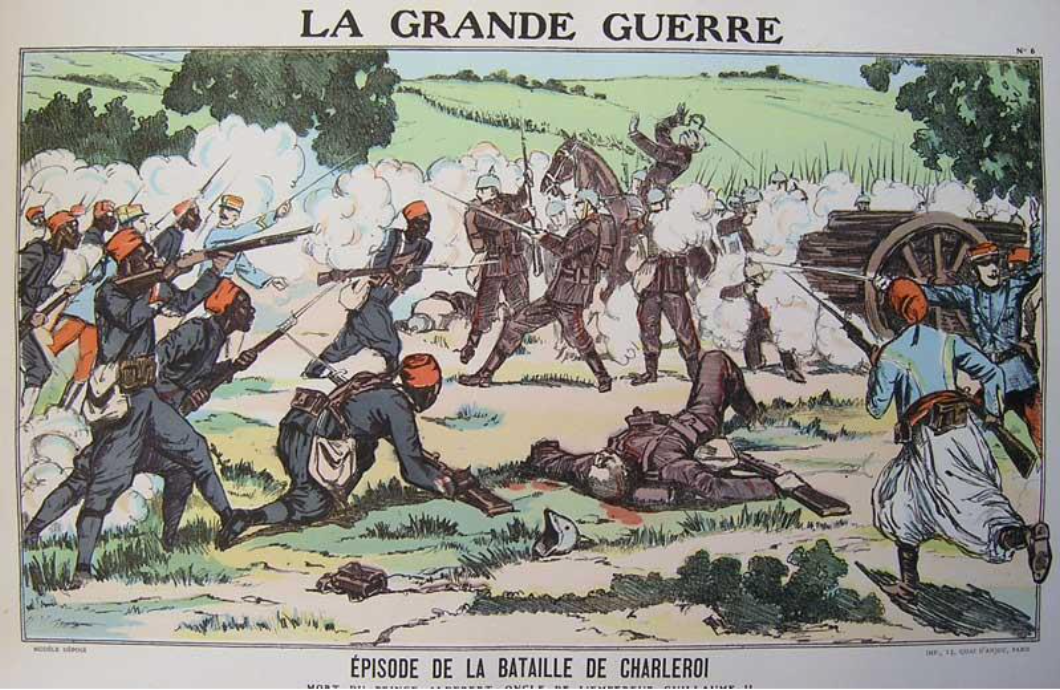
Examines the two world wars from a global perspective. Rather than study the two wars as merely a series of military battles in Europe and the Pacific, this course will give special attention to the global nature of the two wars: the clash between imperial powers over colonial possessions; the use of colonial subjects as soldiers; the collapse of great empires after the wars; the emergence of the United States and the Soviet Union as world powers; the impact war on Africa, Asia, Latin America, and the Middle East; the growth of colonial independence movements after the wars; and the origins of the global Cold War in the second half of the 20th century. This course gives equal weight to the how the wars broke out, how they were waged, and how their outcomes fundamentally rearranged the world. Students will be introduced to various lenses through which the wars can be examined, including perspectives that emphasize culture, the economy, the homefront, gender, and society.
200 Level Courses
HI 206 Fall of Rome
Randall Ford | 3 credits
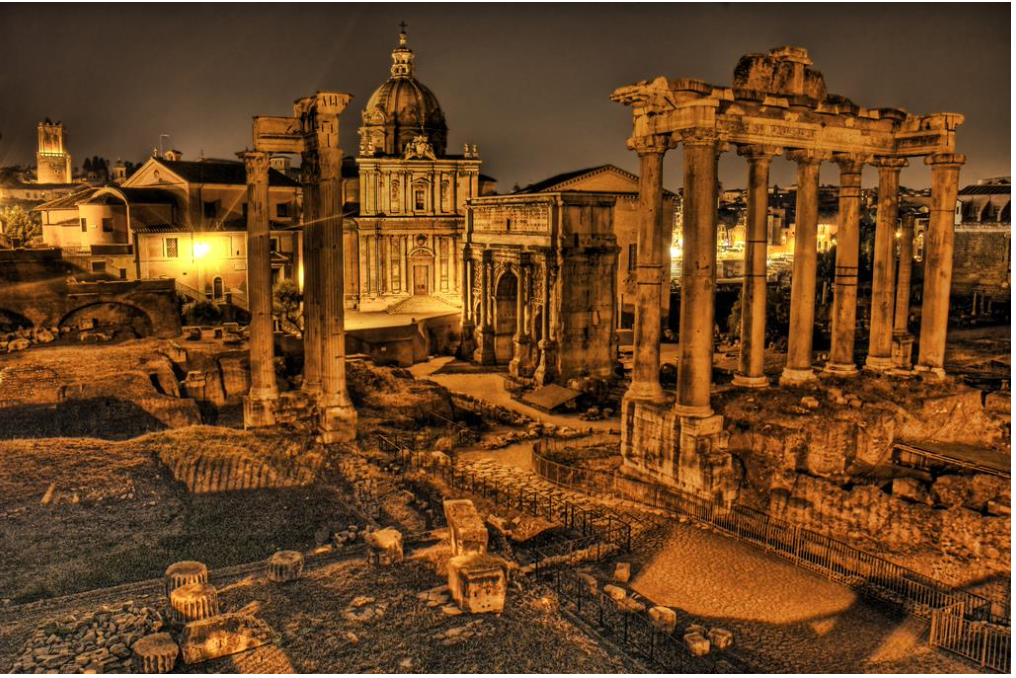
A study of Rome from the foundation of the empire by Augustus until the sack of the city of Rome and the empire's demise. Students examine the Julio-Claudian and succeeding emperors, politcal intrigue in the imperial court, the development of an imperial mindset and responses to it in the provinces, the multiculturalism of the empire, social and political institutions, the evolution of Roman culture, the rise of Christianity and the end of the empire. Special emphasis is given to. the study of the ancient sources: literary, historiographic, archaeological, and numismatic.
Note(s): Fulfills Social Sciences requirement.
HI 242P China in War and Revolution
Jenny Day | 4 credits
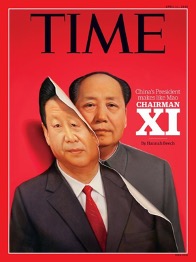
The emergence of modern China-its turbulent and violent transition from an imperial dynasty to a Communist nation-state. Students will study how internal and external crises precipitated reforms and revolutions, how people shed their old identities and took on new ones, how political leaders engineered campaigns and movements – often with disastrous effects – and how this history has been remembered, reflected upon, and remolded by the Chinese themselves.
Note(s): Fulfills Non-Western Culture and Social Sciences requirements.
HI 251A Recovery
Erica Bastress-Dukehart & Jennifer Cholnoky | 1 credit

For the last eight months – or more? – our lives have been shaped by civil rights abuses, environmental catastrophes, political chaos, international crises, and a world-wide pandemic. Forced to rethink our daily routines while we are bombarded by social media sending us mixed messages, our existence has been significantly altered.
Now, as we look forward to 2021 and beyond, perhaps it's time to consider what recovery will mean for the planet. Will we return to the status quo, or is now the time to make radical changes for our future? Should we rethink our relationships with the environment, with education, healthcare, politics, and the economy? Is it time to reconsider how we relate to each other?
This one-credit course will offfer students the opportunity to explore the concept of recovery through a variety of lenses. We will begin by considering periods in geologic and human history when calamitous events changed the world's course. We will then hear rfom Skidmore faculty who will offer their thoughts on possible paths to recovery. Toward the end of the semester students will develop their own blueprints for the directions they hope the world's recovery might take.
HI 251C The Social Lives of Hats
Erica Bastress-Dukehart & Tillman Nechtman | 3 credits

Can a collection of hats tell us anything subsantive about the past?
Over the course of the semester we will discuss the material culture of hats – from our baseball caps to our pompom-topped winter beanies – we will examine what hats say about us. We will doff our caps to history, explore how hat trends have affected the environment, and study how hats have become metaphors for charity, religious rituals, and indicators of social status. Of course, we will also touch on The Cat in the Hat, go down the rabbit hole with Alice in Wonderland's Mad Hatter, and ponder the 18th century meaning of Yankee Doodle's infamous feather, which he called macaroni.
Thanks to a partnership with Saratoga County's Brookside Museum, students in the Social Lives of Hats will each select a hat from the museums collection. Your assignment? To write a "biography" of that hat. When was it made? What materials went into its construction? Where was it made? For whom? And, why?
HI 251D 001 African American History
Jennifer Delton | 4 credits
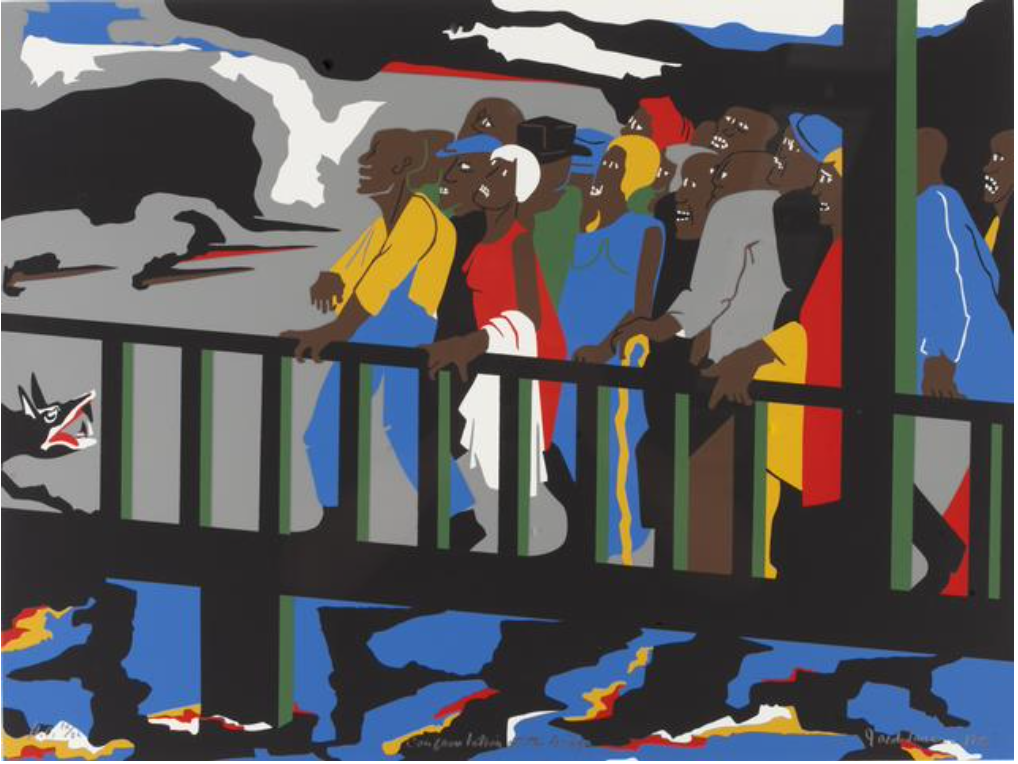
This course offers historical background for those seeking to understand the current struggle for racial justicie. Centered on the voices of Black activists and thinkers, the course explores different perspectives/strategies in the struggle to overcome racial barriers and white racism. Topics include: the promise and terror of Reconstruction, resisting Jim Crow, the Black press and Black business, Civil Rights Movement, Black power, and workplace equity.
HI 251D 002 Plagues and Contagion: A Cultural History
JenniferDelton | 4 credits
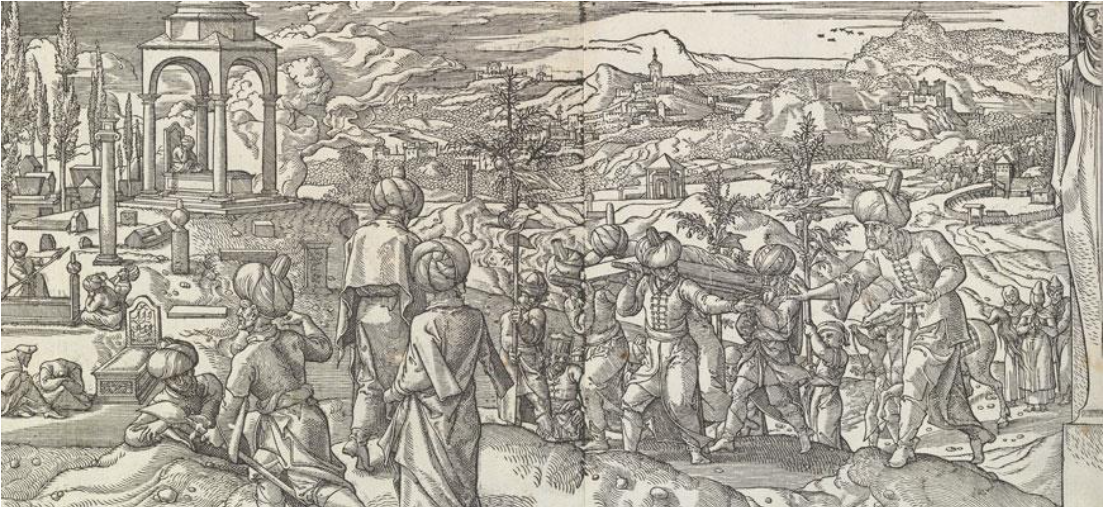
This course is a cultural history of plagues and contagion, with an emphasis on understanding how people reacted to, dealt with, politicized, remembered, and learned from (or not) pandemics in the past. We will also be examining the economic, social, and political fallout (or opportunities) that occurred in the wake of past pandemics. The aim is to help us understand our current situation.
HI 258P European Facism
Matthew Hockenos | 4 credits

What is facism? What is the appeal of an ideology that advocates intolerance, sexism, racism, xenophobia, and war? What were the roots of facism and how did facism manifest itself in Europe in the middle of the 20th century? The current popularity of far-right parties and politicians in Europe and elsewhere makes these questions all the more urgent today. This course examines the origins, nature, and history of facism in Europe between the two world wars and its recent reappearance across Europe.
HI 266C American Environmental History
Eric Morser | 4 credits
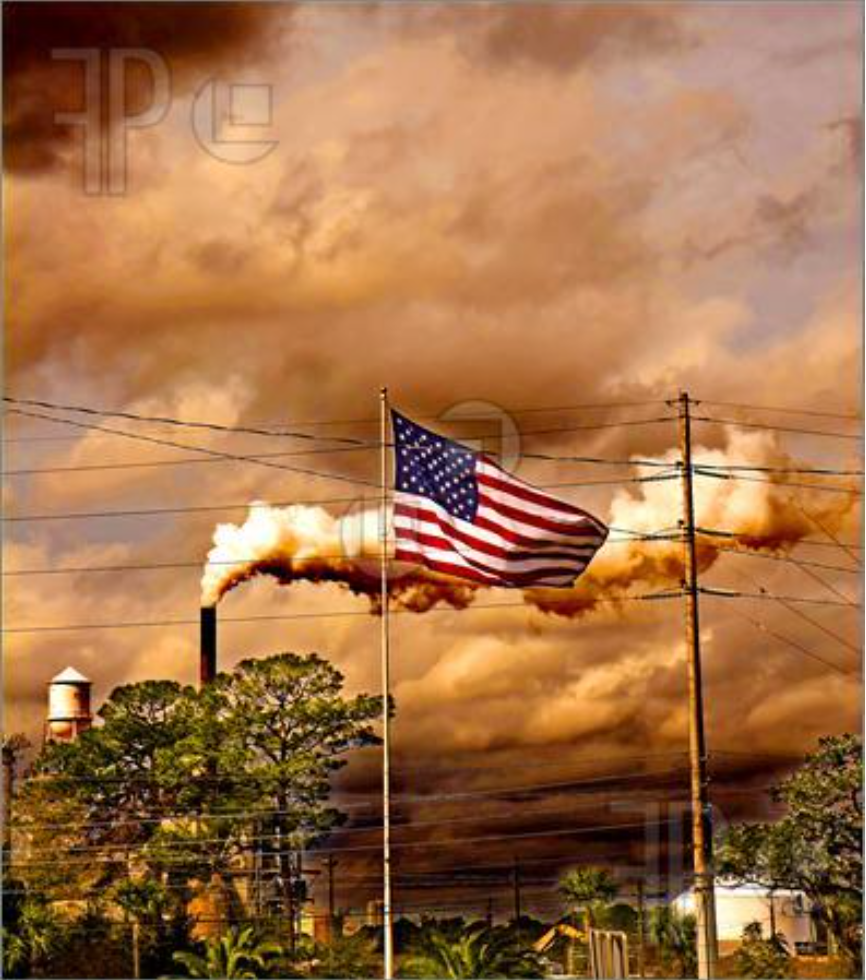
An exploration of American environmental history from pre-colonial times through the modern era. Students will investigate how the different landscapes and ecologies of North America shaped the continent's history, the links between industrialization and the environment, economic and political struggles for control of natural resources, the rise of modern consumer culture, and changing American perceptions of nature.
Note(s): Fulfills Social Sciences requirement.
HI 275 Introduction to the History Major
Jennifer Delton | 1 credit
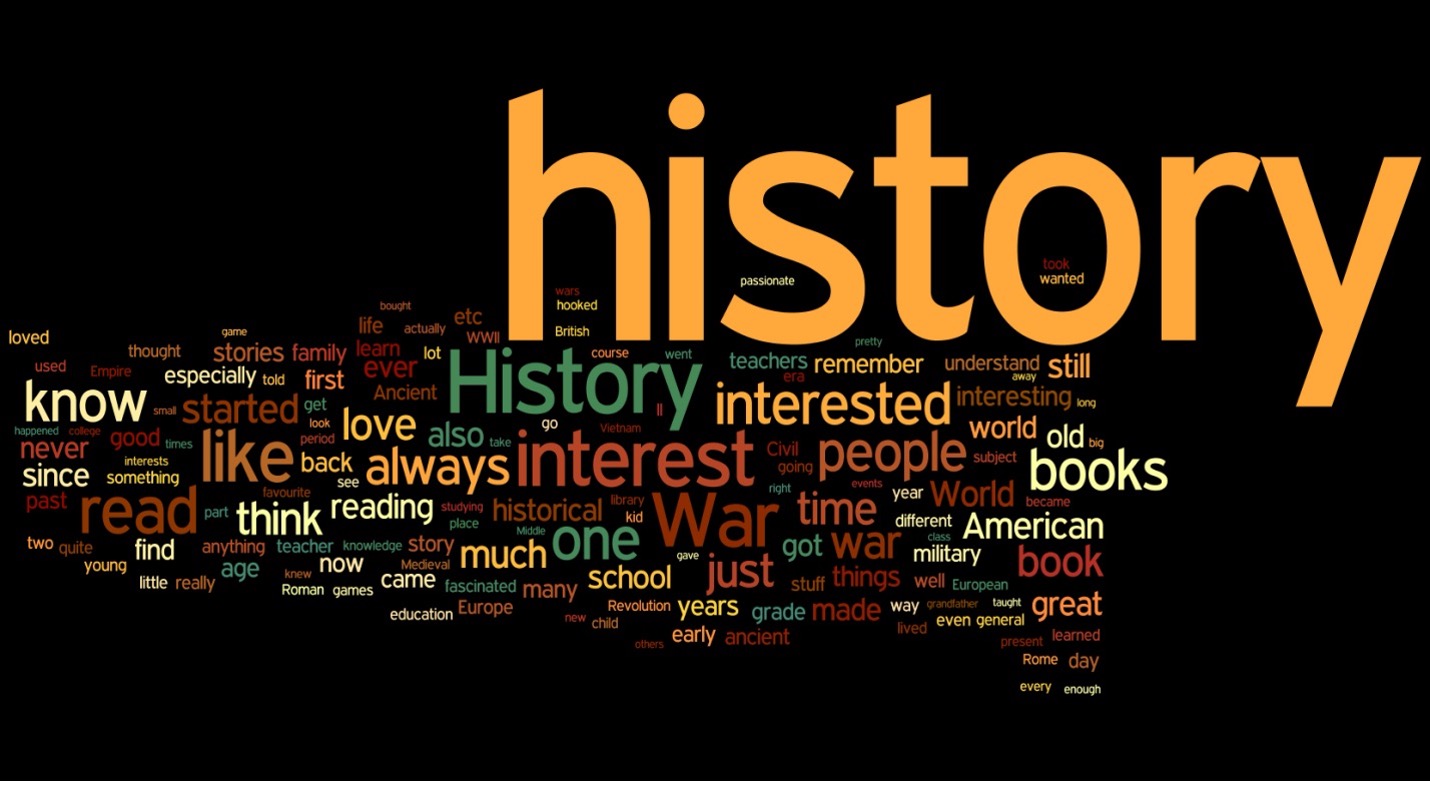
An introduction to the aims of the history major.
Note(s): A prerequisite for the Colloquium. Required for all majors and interdepartmental majors, to be taken in the sophomore or junior years. Open to non-majors with permission of instructor.
HI 280 Science and Nature in the Renaissance
Erica Bastress-Dukehart | 3 credits
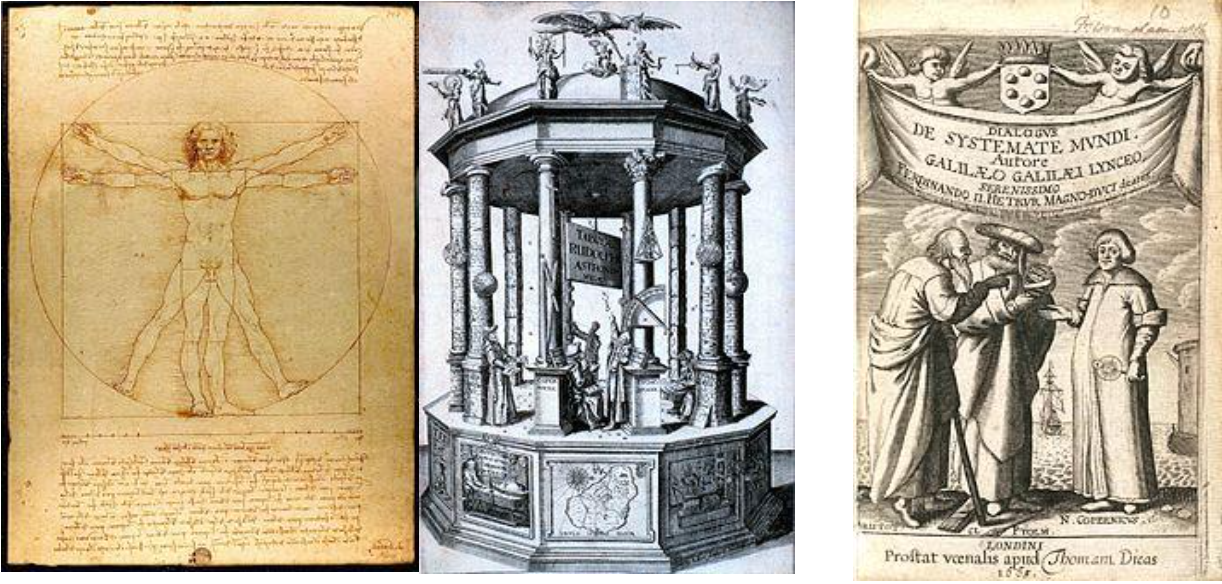
A study of the culture of Renaissance ideas as they pertained to the natural world. Building on historian Brian Ogilvie's argument that natural history was invented in the Renaissance, this course looks at the Renaissance perceptions of the natural world from three perspectives: (1) how scientists and philosophers thought about astronomy, astrology, and humans' relationships with the universe; (2) how explorers, natural philosophers, and theorists categorized their wonderous discoveries; (3) how Renaissance notions of the cosmos transformed perceptions scientists, artists, and doctors had about the human body.
Note(s): Fulfills Social Sciences requirement.
300 level courses
HI 325 Public History
Jordana Dym | 3 credits
An exploration of the many and diverse ways in which history is put to work in the world using local, national, and international case studies. People encounter the past every day, often in projects mediated by public historians who apply the skills of historical writing, research, and presentation to engage a popular audience. Students will discuss how and why public historians make history relevant and useful in the public sphere; how governments and institutions construct and disseminate historical narratives; how the past is portrayed in popular culture, including newspapers, television, and film; and how private groups, including families and museums, preserve individual and collective heritage and memory. Testing this knowledge, students will evaluate museum exhibits, historical sites, oral histories, and archives, and will also work on a community-based collective public history project.
HI 330R Caribbean Revolutions
Jordana Dym | 4 credits

Many movements and ideas that shape the modern world and our understanding of it have been carried on Caribbean currents. This class introduces students to Caribbean political, intellectual, cultural, and artistic innovations from 16th century colonization through political revolutions and struggles for economic independence today. Class case studies will concentrate on English-speaking Jamaica and Trinidad and Tobago, French- and Creole-speaking Haiti, and Spanish-speaking Cuba, Dominican Republic and Puerto Rico. We consider similarities and differences in island nations shaped by Africa, Europe and Asia, connected and divided by ocean highways, constrained by European and US imperialisms, and inspired by many forms of resistance and self-definition. Caribbean and Caribbean diaspora cultural production – for salsa and calypso to dancehall and reggaeton; voudou to santería, and cutting-edge cinema, art, literature, scholarship – is almost as widely known as Haiti's 18th century and Cuba's 20th century revolutions and environmental struggles against hurricanes, earthquakes and other natural forces.
In this research seminar, each student will develop a substantial project that, based on primary sources, considers history in context; how the past influences the Caribbean present. To prepare, we will privilege dialogue and engagement with Caribbean voices, hearing how Caribbeans tell their own history as well as how outside scholars tackle subjects such as enslavement and sovereignty, sugar and tourism, migrations and modernities. The repertoire of possible Caribbean sources is vast – for a sense of the scope: we might study political leaders such as José Martí, Fidel Castro, Jean-Bertrand Aristide and Michael Manley, scholars such as CLR James, Eric WIlliams, and Michel-Rolph Trouillot, writers such as Derek Walcott, Edwige Danticat, Jamaica Kincaid, Julia Alvarez, Junot Díaz, and VS Naipaul, musical artists from Mi Teodora, Tito Puente and Celia Cruz to Gloria Estefan, Juan Luis Guerra, Bad Bunny, Wyclif Jean and Pitbull, and makers/artists such as Maksaens Denis, Christopher Cozier, Sofía Gallisá Muriente, Tessa Mars, and Nguyen Smith.
HI 351C 001 Revolutions in the Middle East
Annie Greene | 3 credits
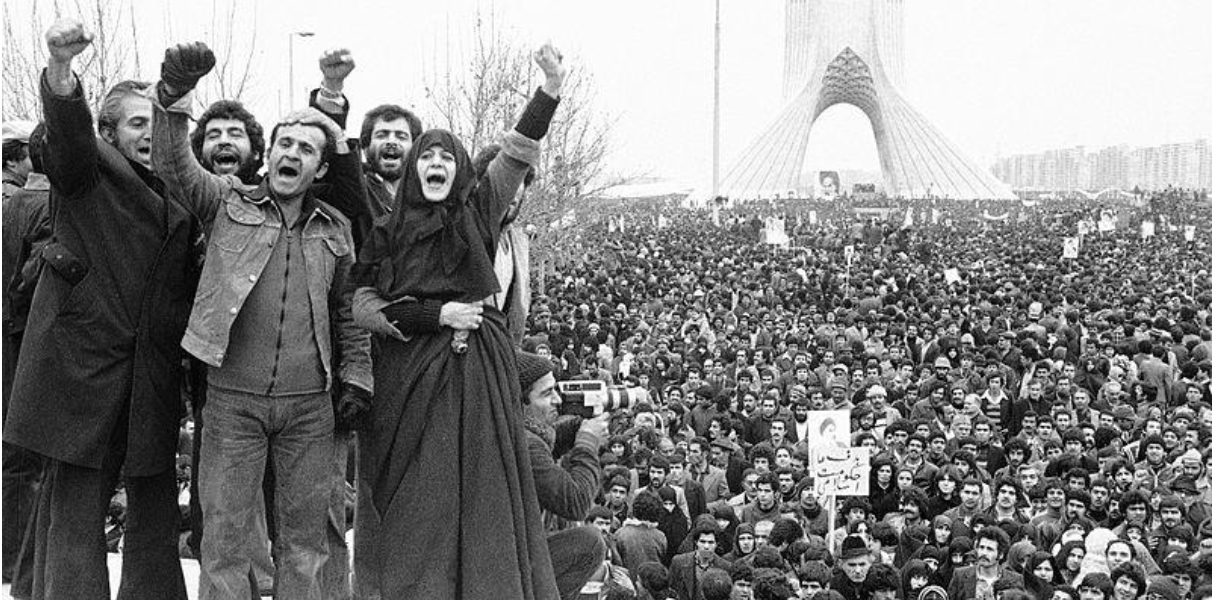
This course examines popular uprisings, resistance movements, revolts, rebellions, and revolutions in the Middle East. Students consider social, political, economic, geographical, ethnic, cultural, and religious motivations for these movements, and assess their relative success and consequences on the landscape of the Middle East. By incorporating theories of revolution, resistance and agency with case studies and primary sources, students discuss Islamic political thought, anticolonial reformist ideas, feminism, nationalism, and constitutionalism.
HI 351C 002 WWI in the Middle East and North Africa
Annie Greene | 3 credits
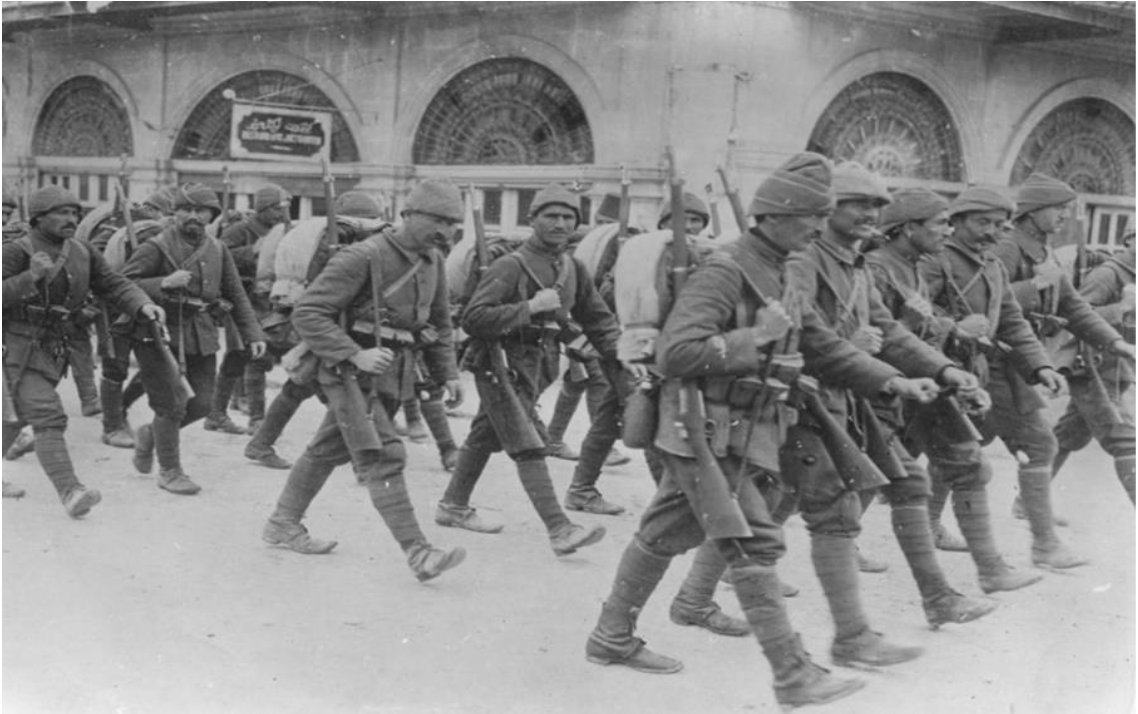
This course integrates the study of WWI in the Middle East and North Africa into global history through social history. Students consider the processes of strategic mobilization ofthe Ottoman Empire as a belligerent. Students examine the differences between homefronts and battlefronts, and analyze statuses of "independent" Iran and colonized North Africa as they were invaded and mined for resources. Through case studies and primary sources, this course pieces together the the political, social, cultural, and military impact of the war, and investigates the hstorical controversies that resulted from the war.
HI 351D 001 Confucianism: A Global History (Research Seminar)
Jenny Day | 4 credits
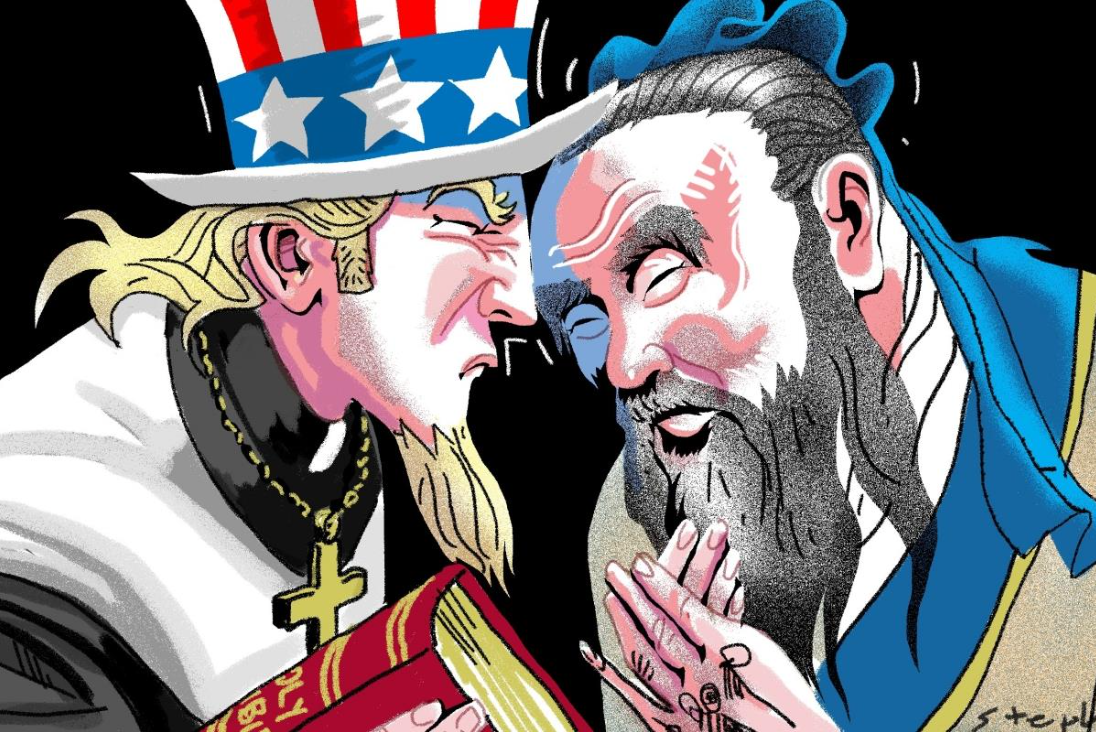
The historical rise in global circulation of Confucianism is full of puzzles and paradoxes. How did a self-proclaimed ritual master of the 5th century B.C.E, largely ignored by contemporary rulers and scoffed at by their advisors, become the sage, the "uncrowned king," the prophet and seer of imperial authority, and the embodiment of the essense of Chinese civilization in the centuries after his death? What was the man really like and what did he teach? What kinds of inspiration and wisdom did later generations draw from his teachings to cope with the political and social demands of their own times? In this course, we will read the original documents about and by Confucius as well as what later philosophers, historians, officials and rulers – both men and women – made of him and his ideas. We will also explore Confucianism as state orthodoxy, its dramatic fate in the 19th and early 20th century, and how Confucianism has been understood and appropriated globally. Students are invited to make their own history of Confucianism and extend the legacy of Confucius.
HI 398A History, Memory, and Me
Tillman Nechtman | 1 credit
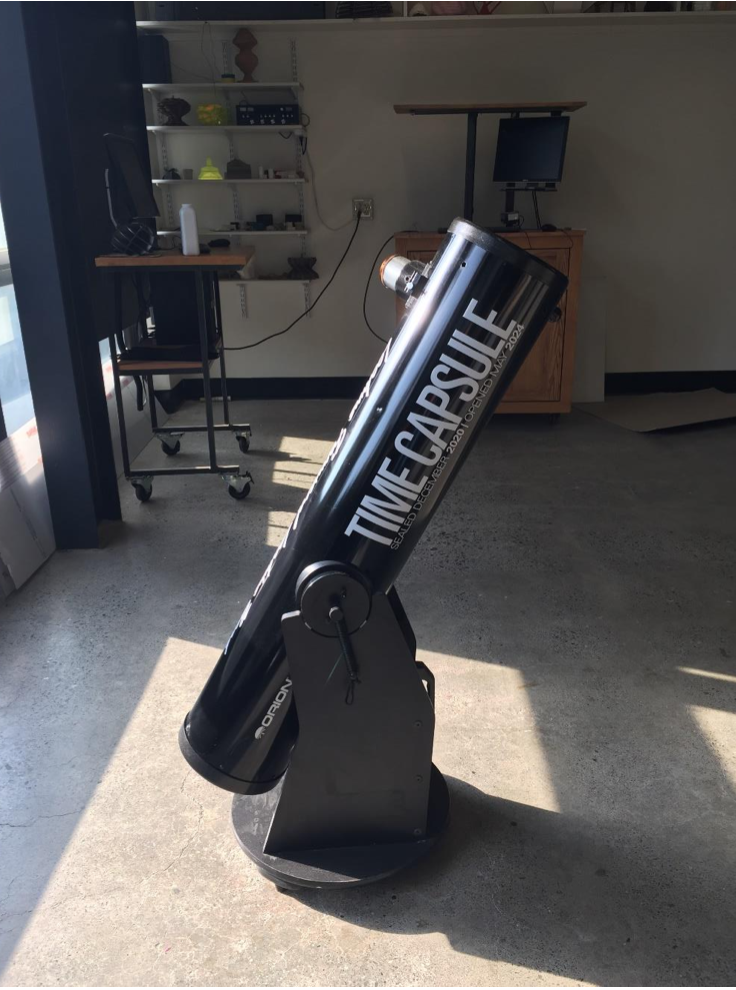
In the middle of the current global pandemic, many are turning to history to find answers to questions that won't let us go. What have people done durnig past pandemics? What did life look like in previous quarantines?
History can serve as a sort of time capsule for us, offering us a glimpse at moments in the past that remind of our own lived moment in the here and now.
To help the incoming Skidmore class of 2024 capture this moment, faculty members in the Art Department have converted an olf telescope into a real time capsule. Members of the class of 2024 will be asked to gather items for the capsule as part of their FYE seminars. The capsule will then be sealed, and stored in Skidmore's Special Collections Room in Scribner Library.
This one-credit course will be the first of four that students can take, each for one credit and each in the Spring semester over the coming four years. Students will be allowed to take one, two, three, or four of the seminars – or any number in between. Because the seminar will be held in a virtual format in each offering, students will even be able to take the course while overseas for study abroad. The hope is that his first offering will capture the attention of graduating seniors as well as first-year students. First-years will profit from the perspective of the seniors, and seniors can expect to see memories from the beginning of their college career in their first-year colleagues.
Each year in the seminar, students will be asked to read a small selection of books that focus on questions of history, memory, and time. During each version of the seminar, students will circle back around to this year, to this deeply unusual moment, and to the time capsule that the class of 2024 has created, and, by taking a longitudinal perspective on this time, we will begin to think about how it will be remembered. when it too has become mere history.
It should be noted that, in the Spring of 2024, the graduating seniors who take the class will be the same students. who created the time capsule during this Fall semester. As such, they will be responsible for helping to unpack the memories they stores and for turning those memories into an exhibition in their final year here at Skidmore. For a cohort of students who were not able to celebrate the start of their college career in a normal way, the hope is that this exhibition will become an additional marker for themas they leave Skidmore, a way to round out their journey before they depart.